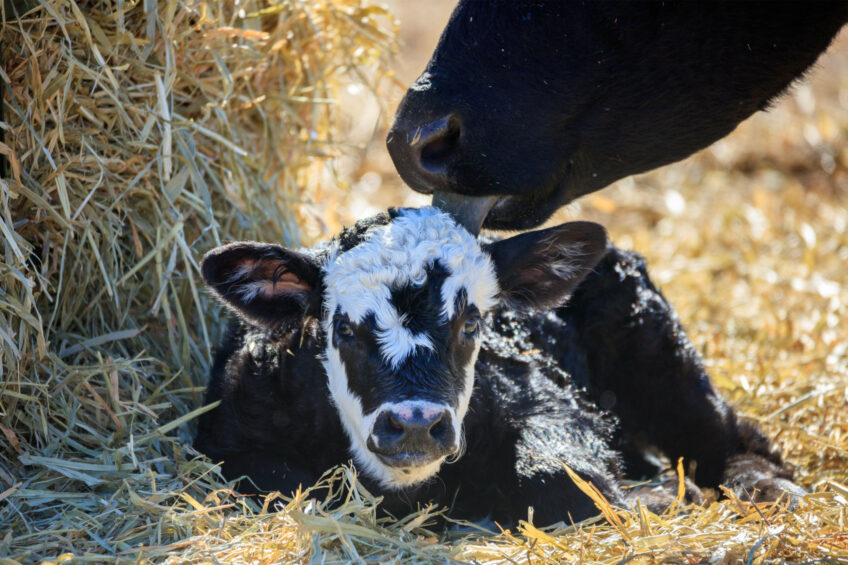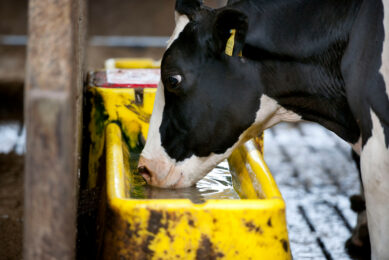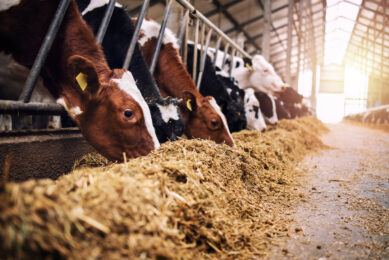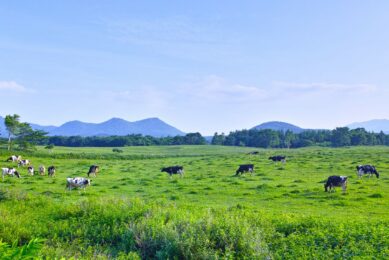How birth season can help with cow longevity

Dairy cow longevity and stature are important breeding issues for the US dairy industry. A new study has confirmed that the time of year a calf is born can significantly boost longevity.
A new study published by scientists at the University of Florida builds on past studies showing that seasonal changes in the environment affect health, behaviour and performance of dairy cows throughout their life cycle. They looked at data for over 19,000 Holstein cows in Florida and California, 2 significant dairy production states where summer temperatures are high.
During a 10-year period (2012–2022), they analysed the relationship between birth season and longevity (cows that remained in the herd for 5 or more lactations). “The number of cows dead, sold, the reasons why they were sold and their relationship with birth season were also analysed in the Florida dataset,” they noted.
The birth seasons were divided into cool (December-March) and hot (June-September).
Results showed that in Florida, most cows that remained in the herd for more than 5 lactations (14.5% of total cow records) were born during cool months compared with cows born during hot months (72% vs. 28%). The same observations were made in California, where greater longevity (i.e., 5 or more lactations, representing 20.4% of total cow records) was attributed to cows born in cool months compared with hot months (56.3% vs. 43.7%).
More hot-month-born cows were sold due to breeding, foot and leg, and mastitis issues in Florida. Increased cow death during the first 4 lactations was significantly associated with birth during hot months.
“These results may help farmers create opportunities to make management adjustments related to birth season, or alter negative seasonal factors (i.e., heat stress) to possibly increase cow longevity in dairy herds,” the team concludes.
Stature study
Another University of Florida dairy cattle scientist Dr Albert de Vries has studied use of stature in the Net Merit Lifetime Profit Index (NM$). This index ranks dairy animals based on their combined genetic merit for economically important traits. It is an estimate of a dairy animal’s lifetime profit, expressed in dollars, compared to an average cow born in 2015.
There are 17 traits in the NM$, including several that are composite traits. De Vries noted that stature is used in 3 composite traits and therefore affects the NM$ index perhaps more than expected.
Join 13,000+ subscribers
Subscribe to our newsletter to stay updated about all the need-to-know content in the dairy sector, two times a week.










